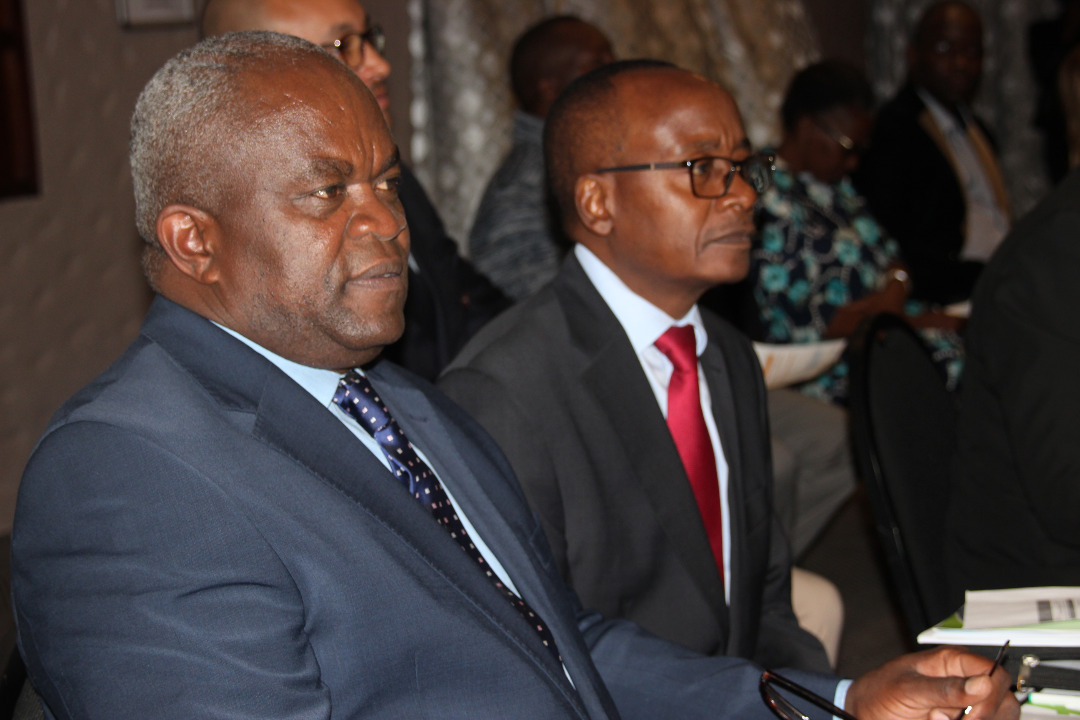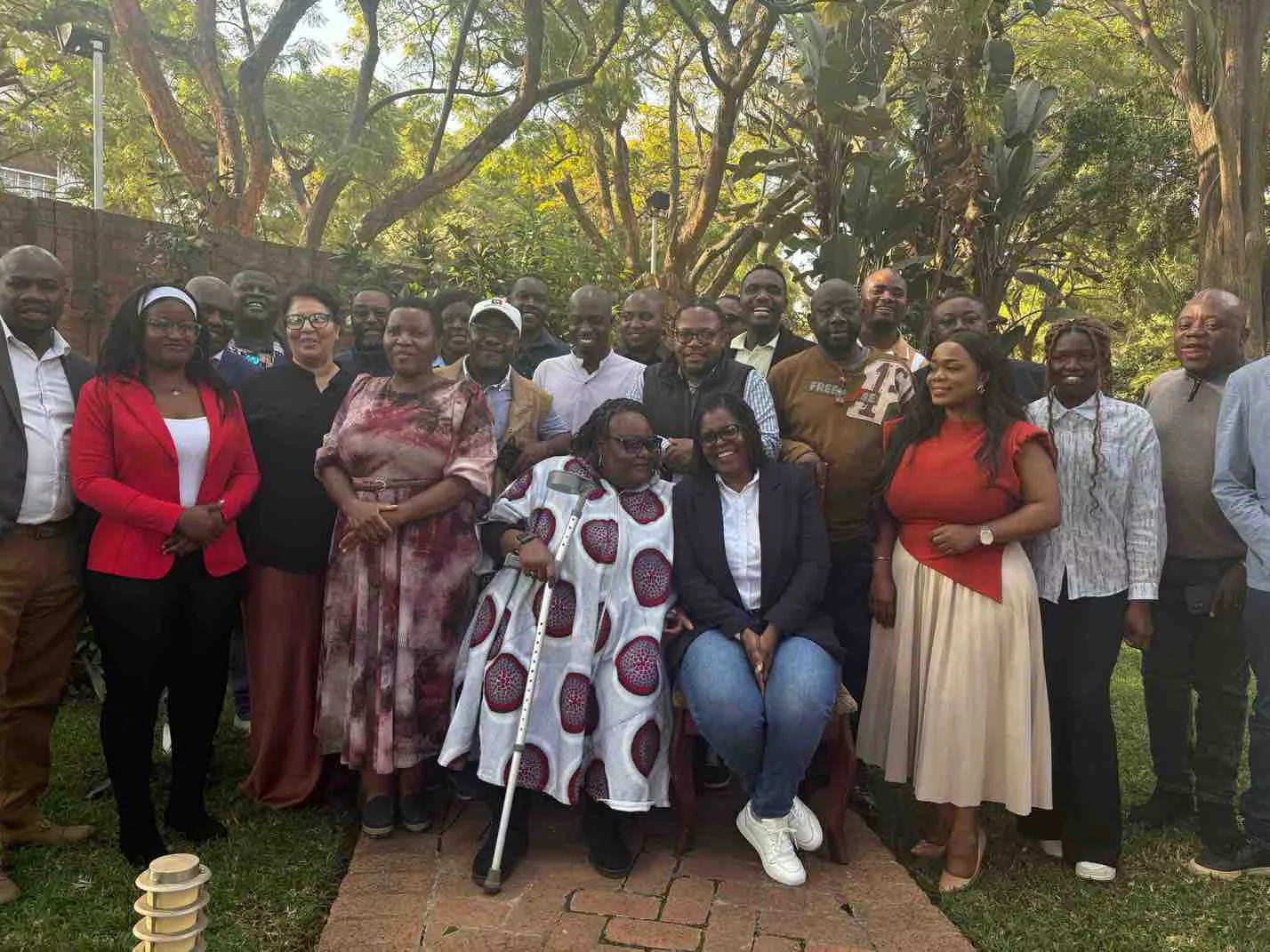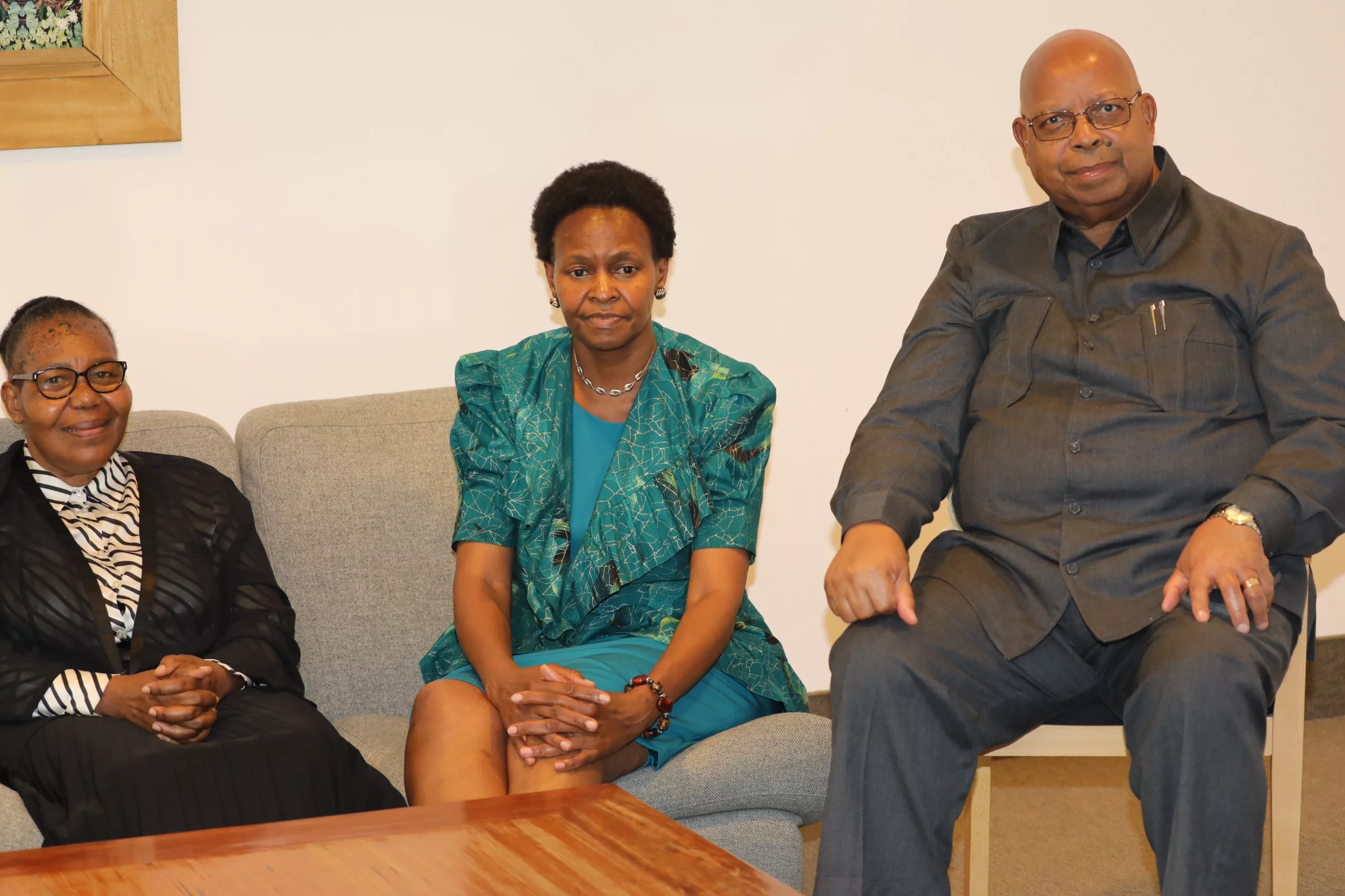By Byron Mutingwende
As climate change becomes the biggest threat to humankind and the global economy, stakeholders have put the Zimbabwe Climate Change Framework Bill under scrutiny.
The Parliament of Zimbabwe, Konrad Adenauer Stiftung (KAS) in partnership with the Climate Change Management Department of the Ministry of Lands, Agriculture, Water, Climate and Rural Resettlement held a workshop at the Holiday Inn Hotel in Harare where it was acknowledged that Zimbabwe is extremely vulnerable to climate change impacts.
“In order to attain the Nation’s vision of a “Low Carbon and Climate Resilient Zimbabwe”, the Government continues to develop frameworks to facilitate the attainment of this vision. To date, we have a National Climate Policy, National Climate change Response Strategy, while work is in progress towards an economy wide Low Emission Development Strategy (LEDS) and a National Adaptation Plan,” said Mr Nesbert Samu, the Principal Director and Programmes Coordinator of the Parliament of Zimbabwe.
He said climate change has been integrated in the draft policies for Renewable Energy, Bio-fuels, Forestry and Agriculture among others.
“The question is no longer whether it is necessary to mitigate and adapt to these impacts, but how quickly and effectively we can do so. Any new climate change legislation will be of little use if it does not urgently ensure meaningful greenhouse gases emission reductions and effective climate change adaptation measures (adaptation and mitigation grounded on finance),” said Shamiso Mutisi, the Head of Programmes of the Environmental Law Association (ZELA).
The Climate Change Framework Act seeks to establish the principles, approaches and provisions to guide climate change management in the country; mainstream climate change adaptation and mitigation strategies in economic and social development at national, provincial and local levels through multi-stakeholder engagement; provide for incentives to support Zimbabwe’s national emission reduction efforts; ensure compliance to the global mechanisms; and establish the National Climate Change Fund.
Main climate change related legislations include theConstitution of Zimbabwe; the Zimbabwe Energy Regulatory Authority Act [Chapter 13:23]; the Environmental Management Act [Chapter 20:27]; the Electricity Act. [Chapter 13:19]; the Environmental Management Act [Chapter 20:27]; and the Forest Act [Chapter 19:05].
These legislations are bolstered by various policies in place such as the National Climate Change Response Strategy (NCCRS), the National Energy Policy,Draft Forest Policy,and Draft Renewable Energy Policy as well as the Climate Policy.
There are a number of regional and international instruments on climate change including the UNFCCC andParis Agreement. It is important to note that 20 years since the Kyoto Protocol was agreed, more than 1,200 laws and policies are now in place in over 164 countries when compared to 60 climate laws that exited in 1997.
In Africa, Kenya [No 11 of 2016] and Nigeria are the only two countries currently that have developed climate change specific laws. South Africa has till recently in June 2018 published for public comment the climate change framework legislation. GN540/GG41689/18. Rwanda has merely set up an Environment and Climate Change Fund ‘FONERWA’ to consolidate climate change finances in the country, which addresses the national need.
The Bill has several objectives. It seeks to mainstream, co-ordinate and integrate responses to climate change and its impacts by all spheres of government and persons. The other objective is to effectively manage the inevitable climate change impacts through interventions that build and sustain Zimbabwe’s social, economic and environmental resilience and emergency response capacity.
It also seeks to promote low carbon technologies, improve efficiency and reduce emissions intensity efforts in terms of the United Nations Framework Convention on Climate Change.
The other reason is to make a fair contribution to global efforts aimed at stabilizing greenhouse gas concentrations in the atmosphere at a level that avoids dangerous anthropogenic interference with the climate system; and to protect and preserve the climate and environment and reduce climate impacts for present and future generations, and to ensure a just transition to a low carbon and climate-resilient society.
Tafadzwa Dhlakama, the Project Coordinator for Climate and Environmental Policy of the Konrad Adenauer Stiftung (KAS) in his presentation on Regional and International Comments into Law Society Climate Change Model Bill said climate change framework laws are a relatively new legal development.
“The nature, magnitude, development stage and development policy relating to greenhouse gas emitting activities varies considerably between countries. The political, institutional and legal culture of each country considerably influences the shape and design of a Framework Climate Change Law. The law will need to speak to each country’s unique Nationally Determined Contribution (NDC) under the Paris Agreement 2015, and related climate change policies which varies considerably,”
Dhlakama singled out a number of strengths within the Bill. He said the Bill is comprehensive in its scope addressing both mitigation and adaptation and providing for a financial mechanism to address climate change matters more broadly. In contradistinction, some countries elect to focus heavily on either adaptation or mitigation, subject to their individual needs.
The Bill has considerable more detail on the management of the climate change fund, its purpose and its operation. It is explicit on the need for incentives. By comparison framework laws tend to reference the need for incentives but do not provide sufficient detail as to what they entail. The Bill is strong on procedural rights. It is only one of a handful of climate change laws that is express on the need to make information publicly accessible and again, is one of the few laws to have express provisions detailing the form and content of the relevant public participation process.
The Bill has detail on the extent of the mandate of the various institutional mechanisms it creates creating certainty on the roles and functions of the Minister, the Committee and the Directorate. It is also generous in the diversity of representation, for example by having representatives of the private sector, civil society and academia.
The Committee is afforded the necessary political gravitas and cross-sectorial scope by locating its chairpersonship within the Presidency. The Bill has devolved climate change planning to the provincial and local spheres of government and has avoided locating it solely at a national sphere, thereby ensuring the vertical co-ordination of climate change efforts. It has borrowed some unique and useful provisions from the Kenyan Climate Change Act relating to the burden of proof and damage/harm in the case of climate change litigation (Section 22). This novel provision is not featured in most climate change laws and will go a long way to facilitating domestic climate change jurisprudence.
A concerted effort has been made to introduce multiple provisions to facilitate climate change mainstreaming. The approach is useful in that it recognises the need for cross sectorial and cross-governmental co-ordination in the response and aims to achieve a holistic and coherent approach to climate change governance.
The provision, which mainstreams climate change considerations into education curricula is novel one (albeit from the Kenyan Climate Change Act) and will be a useful mechanism to foster knowledge about climate change amongst the public. The use of a 0.1% levy upon developers to finance the climate change fund is unusual and may serve as a helpful precedent to other countries considering the structure of their climate change funds, although the power to impose it needs to be clarified. The introduction of guiding principles is also useful. Many climate change framework laws contain “objectives” but most do not have guiding principles for interpretation. This will strengthen the purposive interpretation of the Bill by the courts as well as administrators when implementing its provisions.
On weaknesses of the Bill, Dhlakama said provisions on greenhouse gas emissions reduction are relatively unclear and confusing in their scope and application. It is important to ensure certainty and clarity in the early drafts of the Bill to avoid unintended consequences on the economy and investment. We propose that this section be substantially revised and expanded upon in order to do so.
“We note there are no provincial and local institutional forums to facilitate the discussion and debate of climate change issues or to facilitate the implementation of provincial and municipal plans. We recommend the drafters consider whether existing provincial and municipal forums established by statute could have their mandate expanded to include climate change considerations. The Bill is not express on timeframes, it may be useful to impose specific timeframes requiring the development of the various plans, incentives and other actions it envisages to avoid undue delay in implementation.”
“The duties imposed upon provincial and local government are arguably quite broad and, mindful of the capacity of these spheres of government, would benefit from further specification, and ideally be addressed by way of a separate provision, making it easier for these spheres to identify the scope of these obligations. The Bill should make clearer and more substantive provision for a GHG inventory (it is mentioned but not formally established) and the keeping of and regular reporting on GHG and other relevant climate change data and information (the Bill does provide for general reporting but is not express on the type of GHG reporting it envisages). This will assist the Minister with his/her reporting functions to Parliament and also enable Zimbabwe to report the requisite information under the Paris Agreement,” Dhlakama added.
The provisions on regulations are relatively limited, it may be beneficial to consider expanding these to include a number of ancillary issues which are more appropriately dealt with by way of regulation (for example the inventory and monitoring and reporting requirements).
Including such specificity reduces the risk of a legal challenge that the regulations are outside (ultra vires) of what Parliament envisaged when the Bill was passed and go beyond the powers, which were conferred to the Minister.
Dhlakama said the Bill may also be subject to the same criticism that was levelled at the South African Climate Change Bill, in that it locates climate change decision-making within a political body, which is not sufficiently independent. It may be worthwhile considering the inclusion of an independent technical advisory body to guide and advise the Committee to ensure that its decisions and deliberations based on accurate, independent and up to date climate change science and information and best practices.
He recommended an in-depth “whole of system” legal analysis of Zimbabwe’s local laws and climate change policies to determine the adequacy of the existing legal regime to achieve national climate change objectives (assuming this has not taken place already), and based on this analysis, to supplement and amend the current Bill in the more detailed manner suggested.






